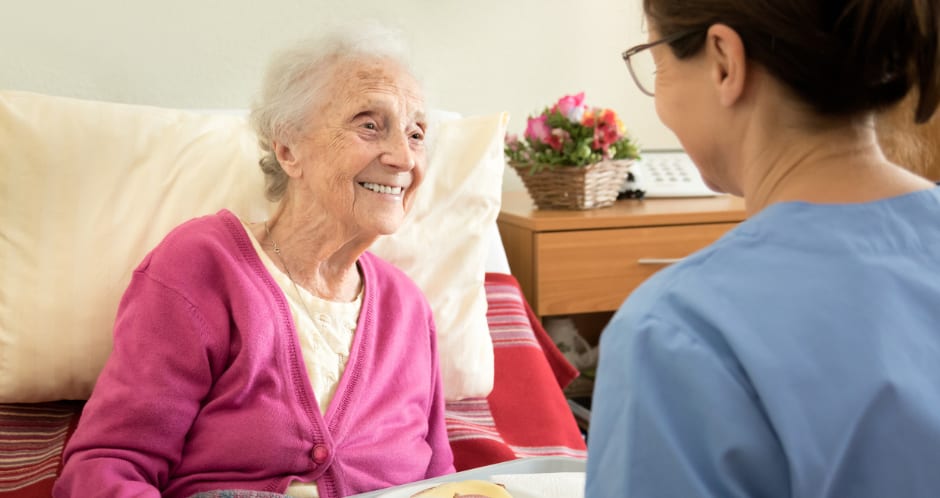
Emphasis on the aged care dining experience has increased with a transitioning demographic, new providers entering the sector, influence of family & social media and movement towards a resident co-contribution model.
Where does the focus on quality stop and the concentration on compliance, safety, task and process take over when providing meals in residential aged care? At the oven in the kitchen? When food is delivered to the dining room? When meals are served on the o’clock? When the resident takes their first bite?
Until the whole meal service stream from supplier to completion of the meal is considered, attempts to improve one aspect will most likely not achieve the anticipated outcome.
Recently I spent time with “Gerry” who chose to eat breakfast in his room as it was too much of a hassle to get to the dining room. Staff were wanting to get Gerry out of bed and showered at 6.45am, their only spare time. He felt he was being rushed – to the shower, to dry off, to get dressed, to have his medication, to be escorted to the dining room.
But he wasn’t enjoying his meal in his room either. Porridge was luke warm and gluggy and the once-hot milk no longer so. Eggs were so overcooked they weren’t worth eating. Toast was cold and near impossible for him to cut. He struggled to open the butter and jam so often didn’t bother. The cup of tea Gerry yearned for was too cold, milky and made him gag.
Gerry said he empathised with the care staff who raced around delivering meal trays, assisted residents getting them ready for the meal, supervised their access to the dining room, attended to call bells, helped other staff, managed crises, made beds and tidied rooms. This didn’t help Gerry to receive a consistently hot, tasty meal though.
But the facility promised a 5-star, resort style dining experience with an onsite Chef. The dining experience extends to the point where and when the resident can enjoy their meal.
Lets pivot from a pure focus on compliance and safety to include a quality outcome for the resident, wherever they choose to eat, and whatever their condition.
When planning the meal service, I frequently see a total focus on keeping the service compliant and safe, with a concentration on obtaining an ideal state when food comes out of the oven in the central kitchen.
Tick – the menu meets nutritional requirements and is approved by a Dietitian.
Tick – the components are beautifully prepared by the Chef.
Tick – the food is cooked thoroughly.
Tick – the food has reached a safe temperature.
Tick – it is safe for a vulnerable population.
Tick – there is adequate quantity to feed everyone.
Tick – we have reduced costs to achieve benchmark.
But how long before the resident actually gets to eat their meal? The longer the gap between oven and first mouthful, the greater the degradation in nutrition, taste, appearance and appeal.
Often care duties are not understood nor considered by catering staff when developing a dining experience strategy. Frequently care staff are described as uncooperative and unsupportive of improving the ambience in the dining room. However some dining rooms report up to 50% of their residents eat in their own room at some meals. This trend will likely increase as the level of care increases. Does your dining experience extend out to your resident’s personal room?
It is time to shift the focus from compliance to a quality meal at the point the resident takes their first bite, wherever they may be located. Compliance and safety will not be forgotten. They still form an integral part of a quality outcome.
Points to ponder
What do you have to say? Comment, share and like below.
5